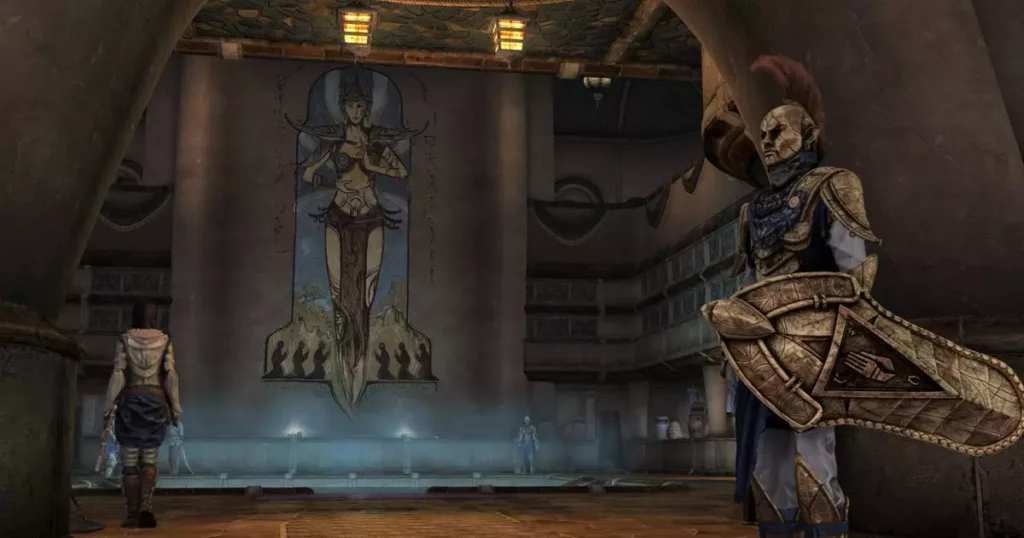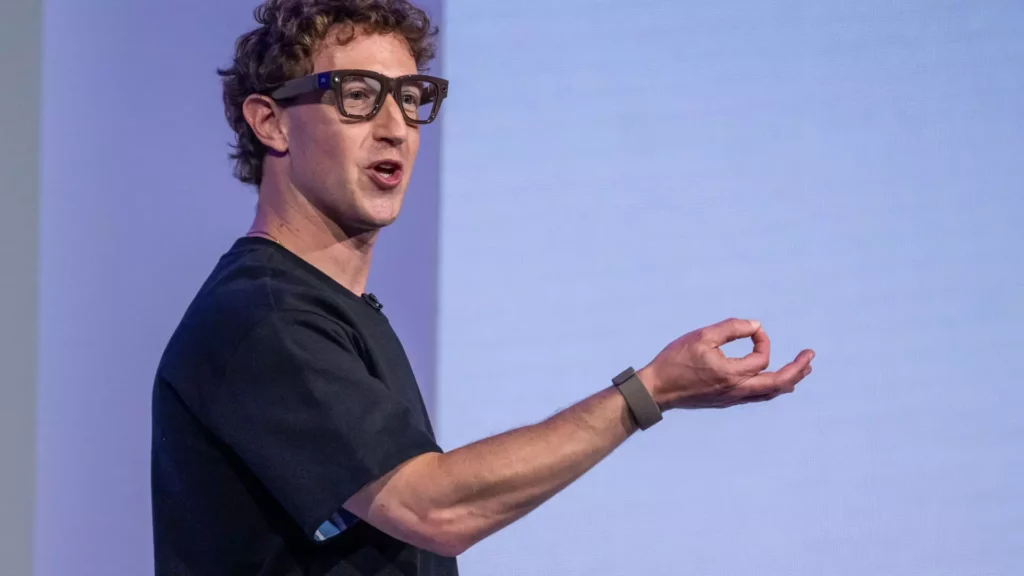The Skywind project epitomizes both the grand aspirations and the relentless overreach typical of ambitious fan endeavors. Recreating Morrowind, a beloved classic, within Skyrim’s engine is an endeavor driven more by nostalgia than practicality. While the developers boast about their progress—particularly regarding voice acting—there’s an underlying question that haunts such large-scale mods: are they truly making the best use of their resources, or are they overextending their scope for amateur glory? These projects often wind up becoming monuments to perseverance rather than playable, polished products.
The sheer scale of Skywind’s ambitions is staggering—around 3,000 NPCs, multiple factions, and an entire world remade from scratch. Such an effort inevitably leads to issues of scope, quality control, and project fatigue. The recent milestone announcing the casting of voice actors for every character, including iconic figures like Dagoth Ur and Vivec, signifies progress but also raises concerns. Does this focus on voice acting reflect genuine progress, or is it a superficial achievement that distracts from core gameplay issues like engine stability, graphical fidelity, and narrative coherence?
The Illusion of Progress and the Voice Acting Divide
In the gaming community, voice acting is often heralded as a sign of modernity, a luxury that elevates a project from a mere mod to something approaching a standalone experience. However, in the context of Skywind, this accomplishment seems more symbolic than substantive. Allocating roughly 300 voice actors is, admittedly, an enormous logistical task, but it also underscores the project’s structural fragility. Can a mod that relies so heavily on community contributions truly handle the nuanced delivery of a complex game like Morrowind?
Furthermore, focusing on voice actors for every character, including the likes of Dagoth Ur—whose voice is etched in the minds of countless players—raises expectations that are unlikely to be met. The problem isn’t just technical; it’s philosophical. Are these fan-driven projects aiming to resurrect the original experience or merely slickened versions meant to appeal to modern sensibilities? While the fans’ dedication is commendable, one must question if such efforts are well-directed or simply chasing superficial milestones that do little to solve core gameplay or narrative issues.
The Fan-Driven Fantasy Versus Practical Reality
Looking at Skywind through a pragmatic lens reveals an underlying disconnect. It is undeniable that fan projects like this serve as passions and tributes, but they also expose the limitations of community-driven development—lack of funding, inconsistent quality, and never-ending delays. The project’s current focus on voice acting can be viewed as a Band-Aid rather than a cure-all. Voice work, while important, does not compensate for deeper problems like lack of original engine capabilities, technical bugs, or gameplay mechanics that have aged poorly since Morrowind’s debut.
Additionally, the projection of a release date remains elusive, and the fact that Skyblivion—another fan project—aims for release sooner hints at the reality that Skywind might be a pipe dream rather than an imminent deliverable. It’s tempting to compare these fan efforts to official remasters, which benefit from dedicated development teams, budgets, and quality control. Skywind’s reliance on volunteer talent means progress will forever be incremental, and dreams of a perfect remake risk remaining forever just that—dreams.
The Culture of Excess and the Center-Right Perspective
From a critic’s perspective rooted in center-right liberal ideals, these projects reveal a modern obsession with excess—an eagerness to add bells and whistles rather than refine core mechanics. The focus on voice acting, stylish presentation, and community engagement often underscores an obsession with surface-level polish at the expense of substance. This tendency fuels a culture that prizes spectacle over sustainability, creating fleeting moments of euphoria that quickly fade when gameplay or stability issues emerge.
Moreover, these fan projects symbolize a broader tendency of the modern gaming culture to chase nostalgia at the expense of innovation. While community passion is admirable, it must be balanced with pragmatic development priorities. Supporting such projects should involve a realistic view that they are ultimately elaborate fan tributes rather than legitimate successors to commercial AAA remasters. The emphasis should shift from overambitious feature creep to solving critical issues: engine performance, narrative coherence, and user accessibility.
Skywind’s recent milestones, while impressive in isolation, serve as a microcosm of the broader fan community’s struggle: balancing dreams of revival with the harsh reality of what’s practically achievable. While it’s inspiring that volunteers continue to dedicate themselves, one must ask if these efforts are leveling up the game or merely dressing it up for one more fleeting nostalgic fix.









Leave a Reply